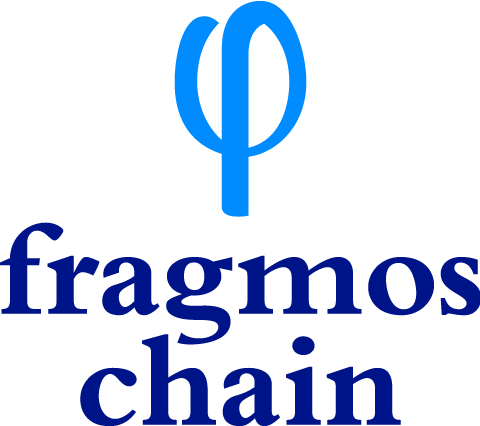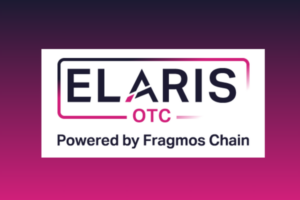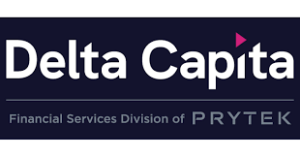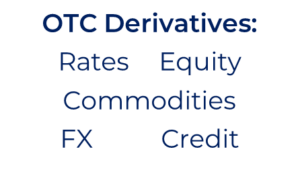
Each day, capital markets post-trade Operations teams encounter many issues at every stage of the trade lifecycle processes booking errors, discrepancies in Emir portfolio reconciliation, inaccurate regulatory reporting, etc. These are only a few among so many issues that must be handled by operational teams within Investment Banks and other financial institutions. After many years spent on process automation, these failures could seem surprising: they stem from the fact that if internal processes have indeed been automated, this is not the case for transversal processes, where information, money or securities must be exchanged between firms.
Fragmos Chain has conducted a market analysis based on interviews with 150 market participants and on reports from regulators and consulting firms. Following this analysis, several lessons can be learned.
Two kinds of markets must be distinguished, depending on whether there is a Trusted Third Party. For Cash, Securities (stocks and bonds) and listed derivatives, the truth is determined by a Central Bank, an Exchange, a Clearing House (CCP), a Central Securities Depository (CSD) or a specific agent for the transaction: they have the authority to say who owns what, what is the trade and what payments must be performed. Others are in a grey area, as they are listed, but usually not traded, on an Exchange: Corporate Bonds, Covered Bonds, and some Equity options. And the third category does not benefit from any Trusted Third Party, particularly uncleared OTC (Over-The-Counter) Derivatives, Securities finance transactions, Structured Notes or Asset Backed Securities.
Even for OTC Derivatives, Asset classes are not equal. Some of them benefit from standardisation related to trading on a trading venue and/or clearing. This is the case for Interest Rate Swaps and Credit Default Swaps due to post-Lehmann regulations such as Dodd-Frank or Emir, or for FX (Currencies) through natural market evolution. Equity on the contrary – and Commodities to a lesser extent – are more bespoke. And in all Asset classes, exotic products, meant to address primarily Private Banking needs, are very complex.
The ranking of Asset Classes, by magnitude of issues, is presented in the table here after. If Equity is the clear “winner”, Rates’ ranking is high despite their relative standardisation, because of their very high trading volume.
| Priority | Asset classes |
| 1 | Equity Derivatives |
| 2 | Interest Rate Derivatives |
| 3 | Securities finance transactions (repos, Securities lending) |
| 4 | FX swaps, options and forwards |
| 5 | Structured Notes |
| 6 | Commodities Derivatives |
| 7 | Credit Derivatives |
| Table 1: Concerned Asset classes (by decreasing priority) Source: Fragmos Chain, 2019 | |
Moreover, all market participants complaint about operational failures. Many parts of the process are sources of issues and this tab sum up most of them.
| Step of the process | Explanation |
| Legal documentation | Many master documents must be drafted and negotiated between each pair of counterparties and for each asset class, and thereafter applied for each trade. Misapplications of default business conventions or collateral haircuts are frequent. |
| Confirmations | Confirmations often take a long time to be validated by both counterparties, up to several weeks for the most complex products such as exotic OTC Derivatives and Structured notes. Sometimes, a trade may even not be confirmed yet when the first cash-flow is paid. |
| Cash-flow computations | Many types of cash-flows must be computed, from rates, FX and dividend amount to equity reset and option settlement amount. Their accuracy relies on the reliability of hundreds of trade data and on the correct collection of market data. Unfortunately, lack of data accuracy is the single biggest issue in post-trade, which explains the frequent mismatches between counterparties’ computation. |
| Lifecycle events | Issues related to lifecycle events are very diversified and frequent: they include breaks related to incorrect cash-flow calculations, netting errors, incorrect management of market disruptions, fails in substitution of underlying and missed option exercise. |
| Margining and collateral management | They are currently the most pressing issues, as the regulation is evolving fast, and Initial Margin is being generalized. They range from disputes on margin computation – both Variation and Initial Margin – to fails in delivering collateral. |
| Regulatory reporting | These issues are far from being solved, particularly in Europe since regulations (Emir, Mifid 2), contrarily to the US, request both counterparties to report on the same trade. Ratio of unmatched or unpaired trade is as high as 63% for Emir. The situation is even more challenging for the regulation on Securities Finance Transaction (SFTR), where counterparties must reconcile their reports before even sending them. |
| Corporate Actions | They are one of the most significant pain points, as they impact most lifecycle events. This topic is not restricted to Equity products: the future replacement of Libor by risk-free rates should be included as well. |
Table 3: Main issues that disrupts activity
Source: Fragmos Chain, 2019
The lack of data consistency is the major root cause. It is the case for trade data which are particularly related to schedules or pay-out. As a result that data can be completely different if their definition is not consistent between both counterparties. Data quality is difficult to achieve because derivatives products are the most complex financial instruments. This is the reason why a significant part of them are neither traded on an Exchange nor cleared.
Failures in processes make some tasks time-consuming and impact the day-to-day operational activity. Banks and financial institutions need to find ways to address these shortcomings to enable better global post trade market performance.
 Daniel Ivanier, CEO, Fragmos Chain
Daniel Ivanier, CEO, Fragmos Chain
Appendix
Table 1: Market size (USD billion) 2019
| Market areas | Size (nominal) |
| OTC Derivatives | 640,000 |
| Securities finance transactions | 17,000 |
| Structured notes | 2,000 |
About Fragmos Chain
Manual, avoidable tasks, operational and regulatory incidents as well as lack of resiliency in extreme situations have become a routine in capital markets. As a result, processes between banks are costly and inefficient. Fragmos Chain develops a blockchain platform for new generation Derivatives post-trade to solve the issue. Root causes are tackled with trade synchronization based on a golden source, cash-flows lifecycle management thanks to smart contracts and sound datasets for regulatory reporting.
Feel free to contact us at contact@fragmos-chain.com to find how this can apply to your own processes.






